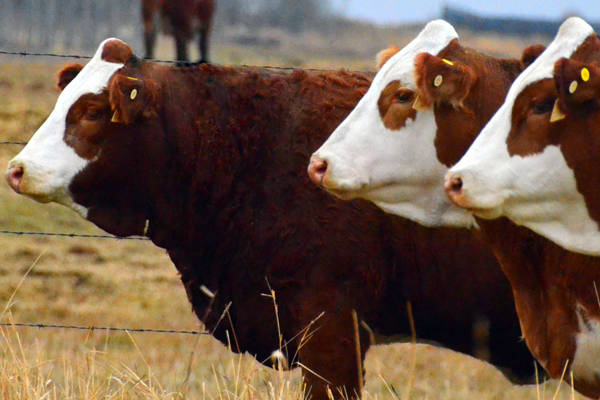

Brucellosis is an infectious disease that occurs from contact with animals carrying Brucella bacteria. Brucella can infect cattle, goats, camels, dogs, and pigs. The bacteria can spread to humans if you come in contact with infected meat or the placenta of infected animals, or if you eat or drink unpasteurised milk or cheese.
The disease is also known as contagious abortion or Bang’s disease. In humans, it’s known as undulant fever because of the severe intermittent fever accompanying human infection.
Brucella is highly contagious, spreading very easily between cattle as the calf, the membranes and the uterine fluids all contain large quantities of bacteria.
Symptoms of an infected animal include: abortion as the most obvious manifestation. Infections may also cause stillborn or weak calves, retained placentas, and reduced milk yield. Usually, general health is not impaired in uncomplicated abortions.
Seminal vesicles, ampullae, testicles, and epididymides may be infected in bulls; therefore, organisms are present in the semen. Agglutinins may be demonstrated in seminal plasma from infected bulls. Testicular abscesses may occur. Longstanding infections may result in arthritic joints in some cattle.
However, diagnosis can be done by laboratory testing of blood or milk samples or by laboratory culture of brucella abortus from the placenta, vaginal discharge or the milk of infected cows.
The incubation period of brucellosis in cattle and other animals is quite variable ranging from about 2 weeks to 1 year and even longer in certain instances. When abortion is the first sign observed, the minimum incubation period is usually about 30 days. Some animals abort before developing a positive reaction to the diagnostic test. Other infected animals may never abort. Generally, infected animals that do not abort develop a positive reaction to the diagnostic test within 30 to 60 days after infection, although some may not develop a positive reaction for several months to over a year.
There is no treatment is available, which makes detection and prevention essential.
For prevention, it is important to quarantine infected herds, accompanied with good sanitation and biosecurity to protect uninfected herds.
Also, practise vaccination in endemic areas. Vaccination is not a guarantee but can increase resistance to infection.
 Contact Jaguza Support
Contact Jaguza Support